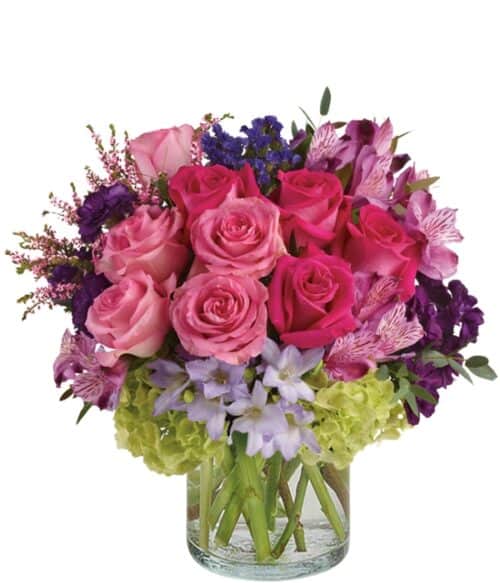Hydrangeas are a popular genus of flowering plants known for their large, showy blossoms which come in a range of colors including blue, pink, white, and purple. Unique in their ability to change color based on the soil pH, they can provide a vivid palette for any garden. Unlike other flowers that maintain consistent coloring, hydrangeas can vary dramatically in hue within a single species merely by altering the chemical composition of the soil, making them a fascinating study for gardeners and botanists alike.
Hydrangeas are commonly used in flower arrangements and bouquets due to their beauty and versatility. They can be grown both indoors as potted plants or outdoors in gardens, making them a popular choice for home decor and landscaping.
In addition to their aesthetic appeal, hydrangeas also have a rich history and cultural significance. They originated in Asia, particularly Japan and China, and were introduced to Europe in the 18th century. In Japanese culture, hydrangeas symbolize heartfelt emotion and gratitude, while in Victorian England they represented vanity and boastfulness.
Despite their delicate appearance, hydrangeas are relatively easy to grow and maintain. They prefer a partially shaded area with well-draining soil that is consistently moist. Regular watering is important for hydrangeas, especially during the hot summer months. Pruning is also necessary to promote healthy growth and maintain their desired shape.
Another interesting aspect of hydrangeas is their medicinal properties. The roots of certain species have been used in traditional medicine to treat various ailments including kidney stones and urinary tract infections. They are also believed to have anti-inflammatory and diuretic effects.














